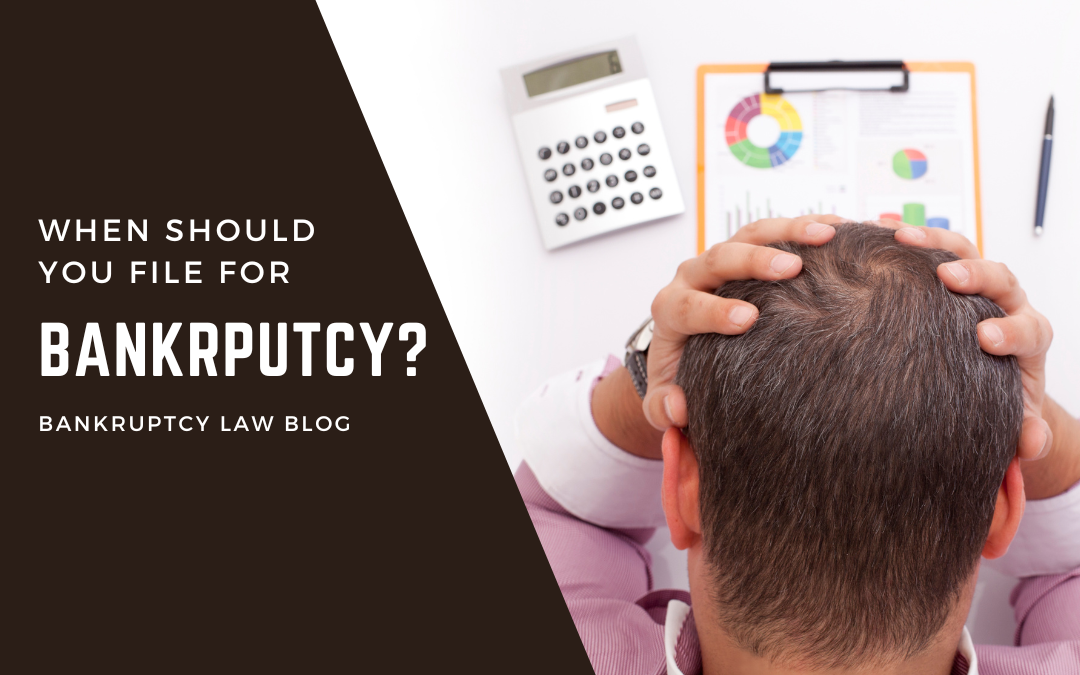Before deciding to file for bankruptcy, it’s important to consider all your options. However, there are times when bankruptcy may be the best solution.
For instance, you may want to file for bankruptcy if:
- Attempts to negotiate with creditors haven’t worked
- Your debt or liabilities well exceed your assets and income
- You’ve received notice that your wages will be garnished
- Your financial situation is unlikely to change in the near future
When overwhelmed by debts, one option is to try and negotiate a payment with creditors. However, sometimes creditors are unable or unwilling to change the terms of your repayment plan. In these cases, bankruptcy may be the best option.
Interest rates adding up
Another situation occurs when you find yourself only able to pay the required minimum on debts, like credit cards or mortgages. While you may be able to make the minimum requirement, the interest rates keep adding up, especially if you’ve missed payments. The resulting high interest rates and additional debt can quickly become unmanageable.
Protect your wages
In some situations, a lender may get a court order to garnish your wages. If that happens, the lender will receive money directly out of your paycheck. If you’re already struggling financially, this can add additional strain. Bankruptcy can prevent the order to garnish your wages from going forward, either temporarily or permanently.
Other potential warning signs that you may not be able to get ahead of the debt without filing for bankruptcy may include if you’re paying one credit card with another or thinking of using money from retirement accounts to pay for debts.

